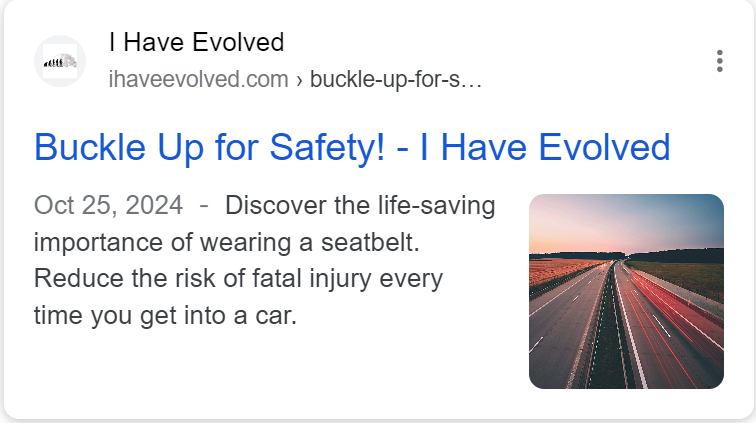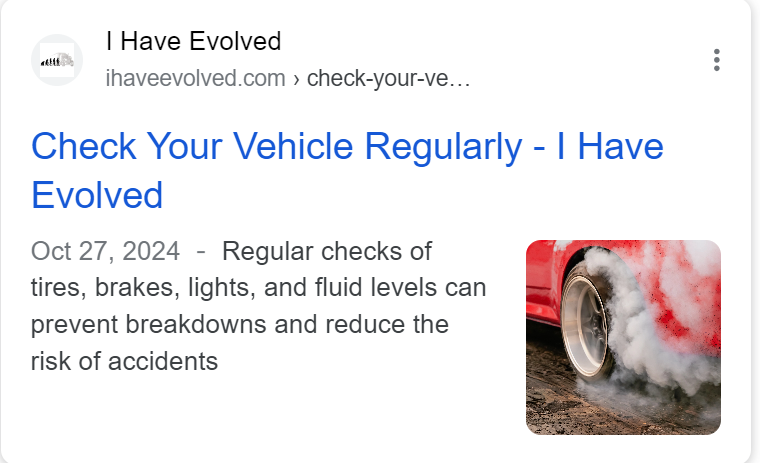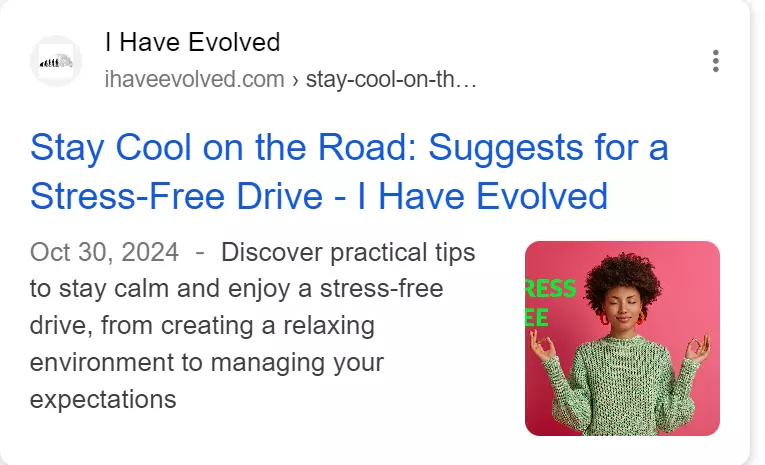When you’re dealing with clients in driving lessons, recognizing their stress levels is key, even when they’re masters at hiding it. This skill, hiding stress, is something I learned early on, presenting a facade of calm and success while internally battling high stress and anxiety. It’s a common scenario; many clients step into the car with their anxiety and stress neatly tucked away, often without even realizing it themselves.
Here’s where the real challenge begins. These clients, despite previous driving experience, may still be gripped by intense stress once they hit heavy traffic. Their inability to manage stress becomes glaringly obvious in their driving – erratic, risky, and downright dangerous. But here’s the thing: I’m not just a passive observer. I’m in control of the car too, ready to intervene. Yet, the crucial part of my job isn’t just about keeping us physically safe; it’s about confronting and breaking through their denial of stress.
This confrontation often is not gentle. It’s not about softly suggesting that they might be a little stressed. It’s direct, blunt, and sometimes, it has to be loud. One way is to provide a running commentary of their high-risk maneuvers, not to scare them, but to mirror back the reality of their actions. This might shock them – good. It’s meant to. They need to see the danger they’re posing, not only to themselves but to others as well. And to me, because I am right there beside them. But I am highly trained to go deeper into the danger armed with preset escape routes.
The goal here is to push them to a point where they can no longer ignore their stress and its impact. It’s about letting them face the full brunt of their actions until they’re ready to acknowledge that there might be a problem. My role is to punctuate their risky driving with stark, unfiltered observations, sometimes using humour or stark warnings, to force a realization.
So why would I do this? The simple answer is, they paid me. The next answer is, to help them achieve calm, safe driving, they need to see their current relationship to stress is not a healthy path.
I wait for the moment they crack, the moment they’re open to suggestions, ready to listen. This approach isn’t about being harsh for the sake of it; it’s about breaking through their self-imposed blindness to the dangers of driving under high stress. It’s a tough-love method, but when dealing with a 2000 kg vehicle and lives at stake, gentle nudging just doesn’t cut it. The easiest way to get them to gasp and start talking is simply to keep letting them drive in more and more stressful situations. Many willingly do this because they believe that learning to drive requires this, jump into the fire, approach and basically IGNORE the high risk they are standing in. But in fact their stress continues to build and build!
In the end, when they finally ask, “Do you have a better suggestion?”, that’s when real learning begins. That’s when they’re ready to understand that driving highly stressed isn’t just unsafe – it’s unacceptable. This approach might be confrontational, even emotionally risky, but it’s about instilling a seriousness for driving, as in life, Recognizing and managing stress isn’t just a skill – it’s a necessity.
COOPER
Instilling a Seriousness for Driving
Learning to take the maximum actions to always drive at the lowest possible risk.








Comments are closed